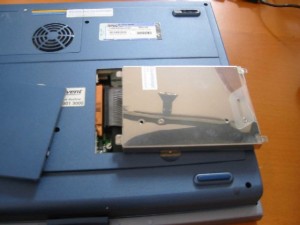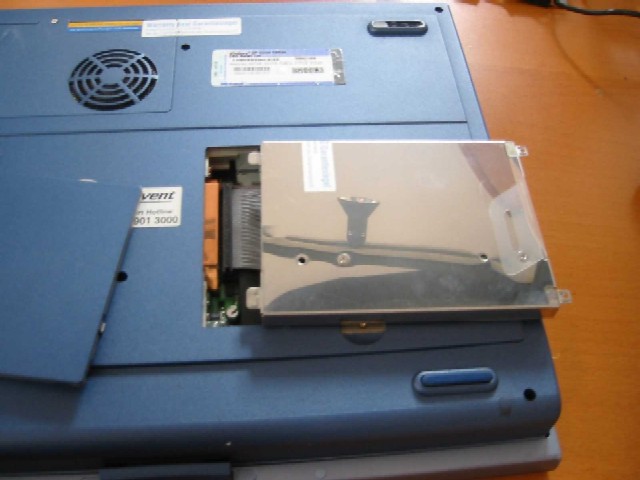 Before removing the hard drive manually, you must keep in mind that it is a not easy job which should be done with utmost care and caution. You must carry a set of small screwdriver because it will help you to open laptop’s hard drive. In case you are not sure enough about the way of taking of the hard drive from the case, it is better to refer the user manual. Get some tips from the user manual of how hard drive has to be taken out of the laptop. Once you take it out from the case, things become really easy for you because you can now know the dimension as well as type.
Before removing the hard drive manually, you must keep in mind that it is a not easy job which should be done with utmost care and caution. You must carry a set of small screwdriver because it will help you to open laptop’s hard drive. In case you are not sure enough about the way of taking of the hard drive from the case, it is better to refer the user manual. Get some tips from the user manual of how hard drive has to be taken out of the laptop. Once you take it out from the case, things become really easy for you because you can now know the dimension as well as type.
Problems are not yet over as there are a lot of laptops that use hard drives of the same dimension so again you need to find out the most appropriate hardware to go well with your laptop.
Once you finally get the correct hard drive for your laptop, you also need to check the type of connection which is compatible with the laptop. Mainly there are two types of connection – SATA and PATA are used to connect drives to the laptop. In case you have purchased the laptop within the last six years then most probably it would have SATA as it is an industry standard which is used with most of the PCs. But if it manufactured before 2003 then probably it would have a PATA connection which is outdated now.
Just have a quick look on the back of the drive which is labelled with the connector type. Now use the connector accordingly and place the hard drive in its place within the laptop.


